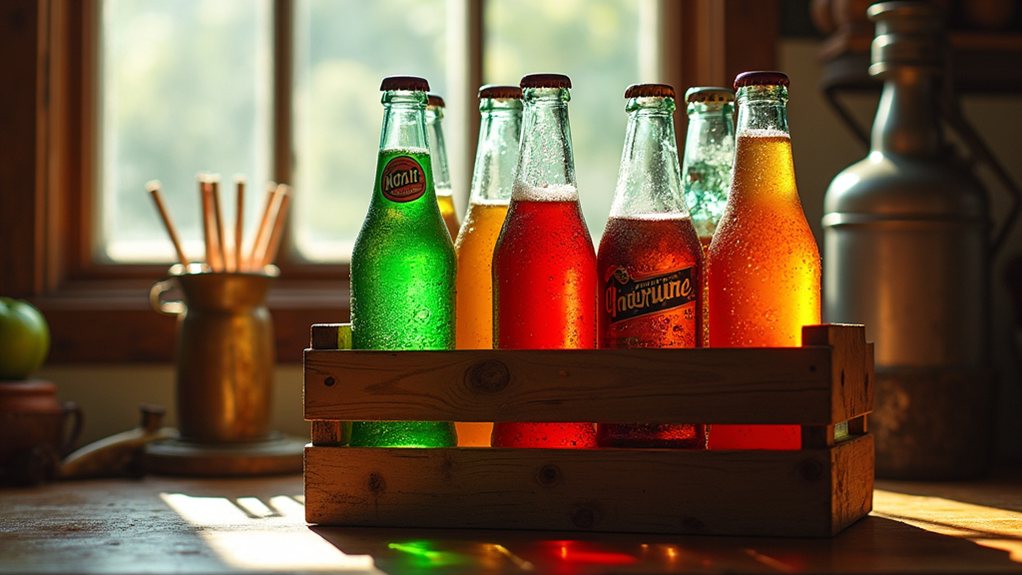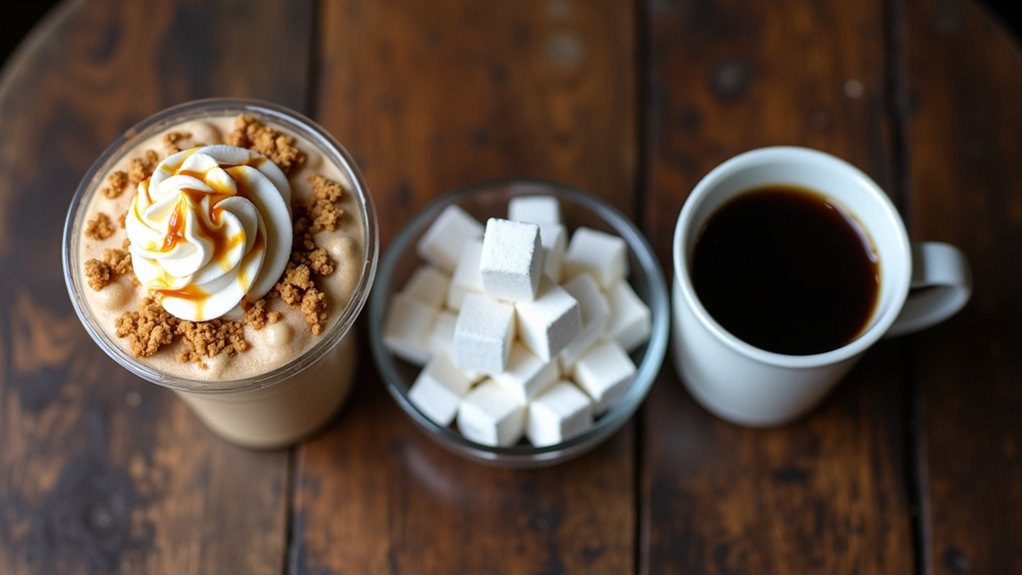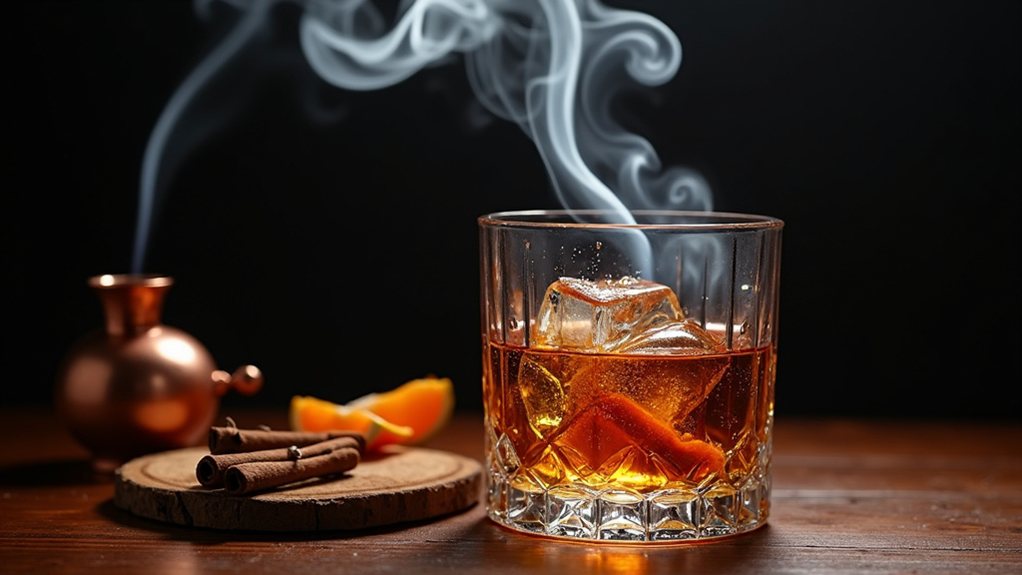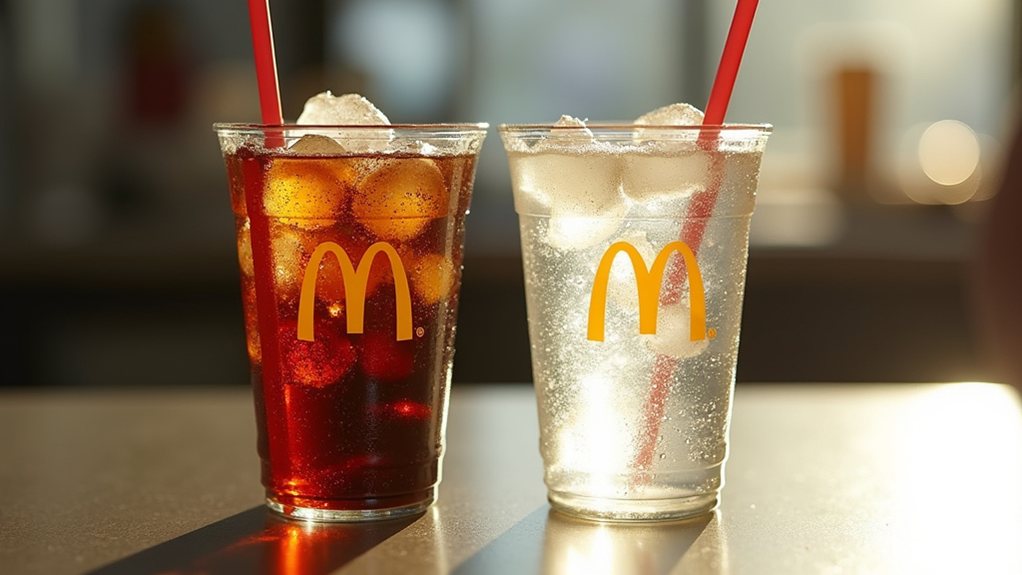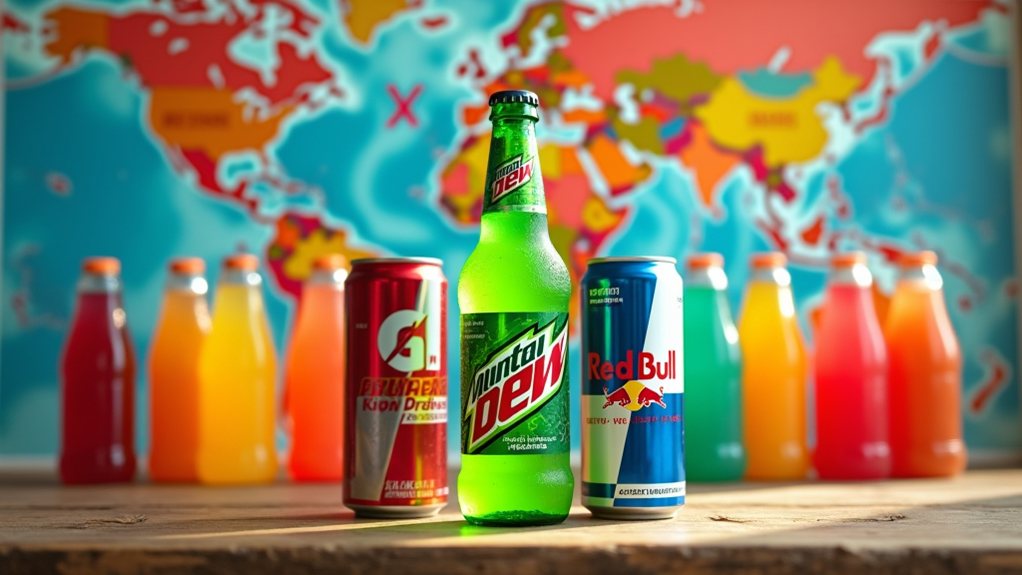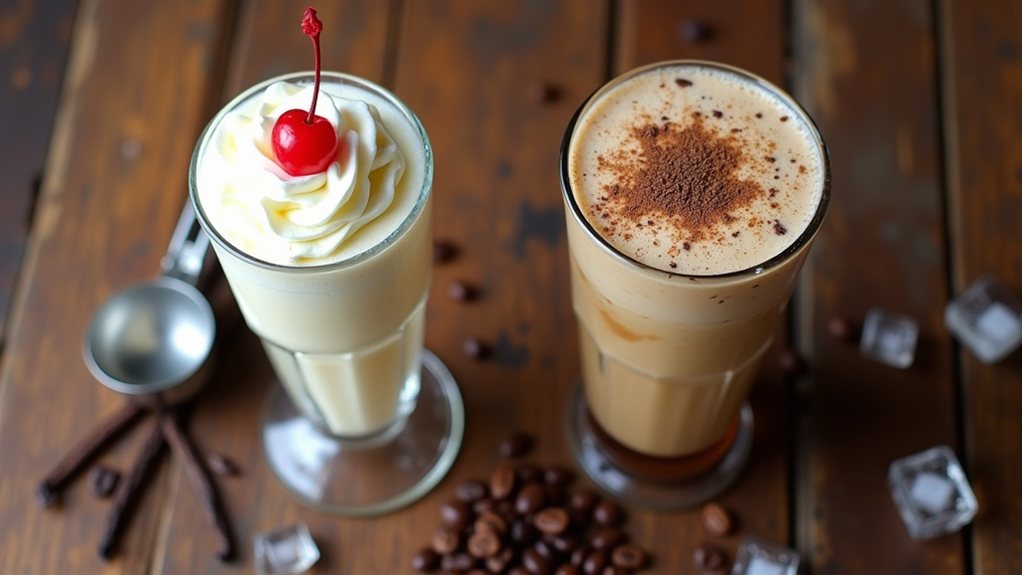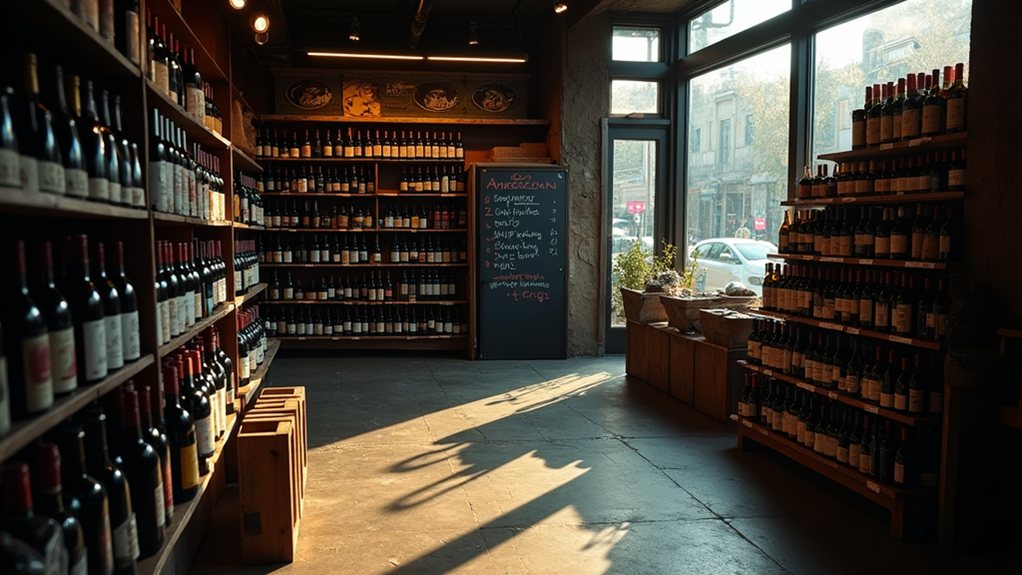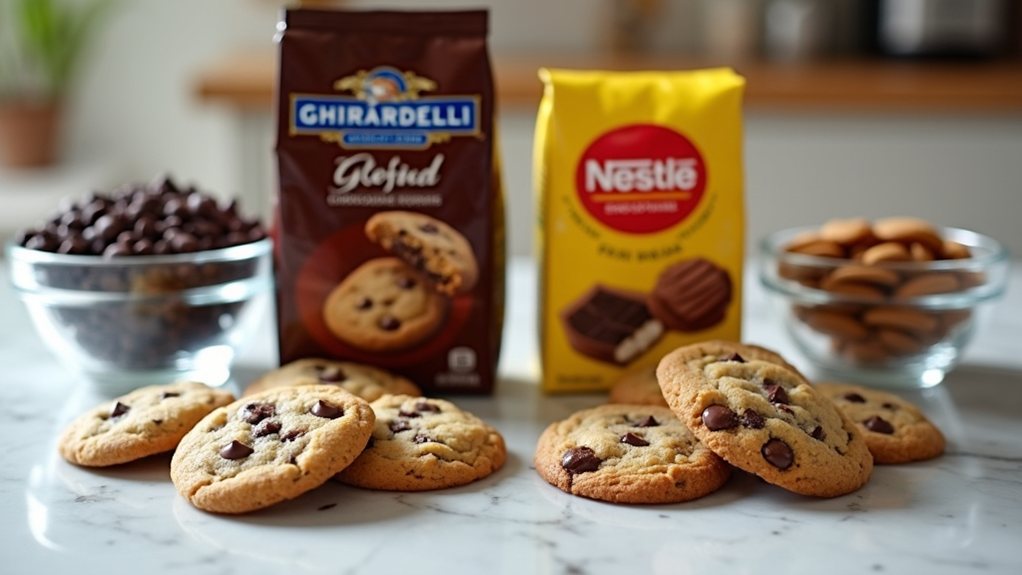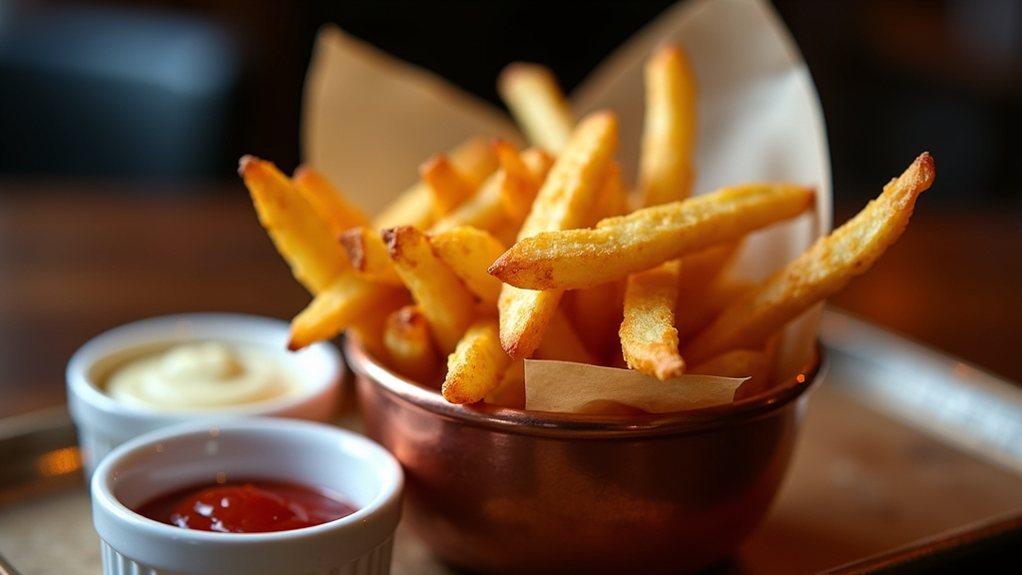Regional sodas represent America’s diverse culinary heritage, bubbling with unique flavors that often remain hidden beyond their home territories. From Moxie’s polarizing bite in New England to Cheerwine’s cherry-infused sweetness of the Carolinas, these beverages tell stories of local innovation and pride. Stocking these fizzy ambassadors on store shelves nationwide would introduce consumers to authentic tastes that have defined communities for generations, offering a carbonated plunge into flavors without leaving the beverage aisle.
Regional Sodas: America’s Fizzy Cultural Heritage
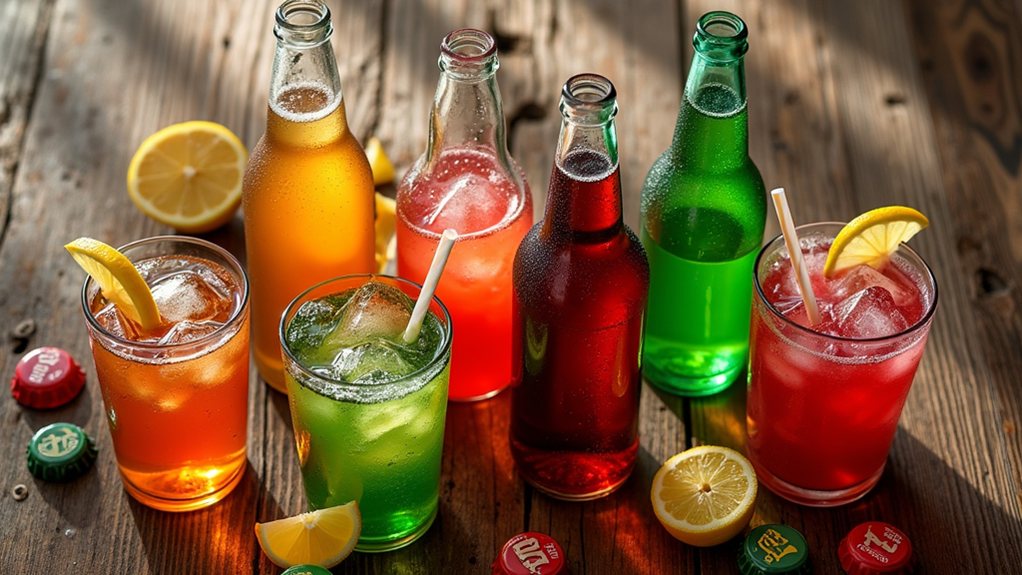
A rich tapestry of flavors exists beyond the familiar national soda brands, with regional sodas offering unique tastes that reflect local preferences and cultural heritage. From the bitter notes of Maine’s beloved Moxie to the wild cherry sweetness of North Carolina’s Cheerwine, these local favorites capture the essence of American diversity in beverage form.
Regional sodas often serve as liquid ambassadors for their home states, carrying stories and traditions that span generations. Alabama’s Grapico delivers a distinctive grape experience that has made it a southern staple, while Texas residents proudly celebrate with Big Red, a creamy vanilla-flavored soda that has become an integral part of Juneteenth festivities.
These fizzy hometown heroes serve as carbonated keepers of local culture and regional pride.
In Tennessee, Dr. Enuf offers more than just refreshment – this vitamin-fortified beverage combines function with flavor, demonstrating how regional sodas often developed with unique selling points to differentiate themselves from national competitors. The careful production process mirrors the complex fermentation process seen in craft beverages, ensuring consistent quality and flavor in every bottle. Sun Drop distinguishes itself with a bold citrus fusion that includes lemon, lime, and a splash of orange juice, setting it apart from mainstream competitors like Sprite and 7UP.
The Midwest boasts its own impressive lineup of carbonated treasures. Illinois’ Green River catches the eye with its vibrant lime-green hue before delighting the palate with its citrus profile, while Michigan’s Vernors warms with its gingery kick, beloved by locals as both a refreshment and a folk remedy. Especially popular during St. Patrick’s Day celebrations, Green River has become a Chicago tradition that locals eagerly anticipate each year.
Wisconsin’s Jolly Good maintains a loyal following with its unique grapefruit and lime combination that perfectly balances sweet and tart. New England’s soda landscape reveals similarly compelling options, from Hosmer Mountain in Connecticut to Squamscot in New Hampshire, each brand offering flavors tailored to regional preferences.
The West Coast contributes California’s A&W Root Beer and New Mexico’s Zia, while Colorado’s Izze provides natural alternatives to traditionally sweetened sodas. Similar to how researchers evaluate model outputs in JSON format, beverage companies analyze consumer preferences to refine regional soda formulations.
The cultural significance of these regional brands extends far beyond refreshment, as they often appear at local festivals and community gatherings, strengthening regional identity.
These sodas represent a fascinating intersection of history, culture, and taste – liquid artifacts that deserve wider recognition beyond their home territories. By embracing regional sodas, consumers can experience America’s diverse flavor landscape one effervescent sip at a time.
